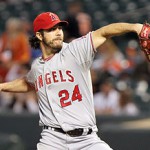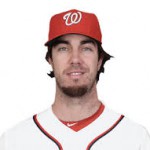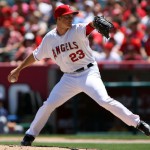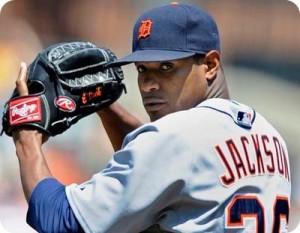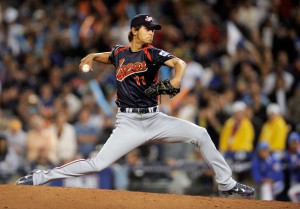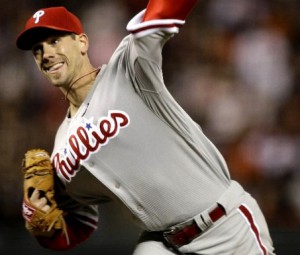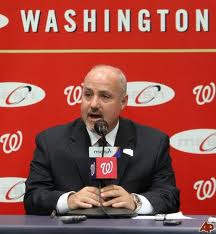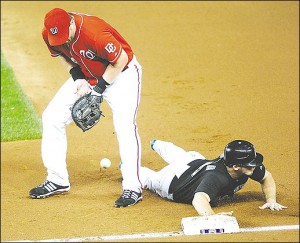- July 2010: Traded Patrick Corbin, Tyler Skaggs, Rafael Rodriguez and Joe Saunders -> Arizona for Dan Haren.
- Nov 2011: Traded Tyler Chatwood -> Colorado for Chris Ianetta
- July 2012: Traded Jean Segura and 2 minor leaguers -> Milwaukee for Zack Greinke rental
- Nov 2012: Traded Jordan Walden -> Atlanta for Tommy Hanson
- In 2010 with Haren, they finished in 3rd place, two games under .500 and 10 games back of the divisional winner Texas.
- in 2011 with Haren in the rotation for a full season, they finished in 2nd place, again 10 games back of Texas.
- in 2012 with both Haren, Ianetta and the Greinke rental they finished in 3rd again, 4 games out of the wild card.
And now in 2013 they’re scuffling despite hundreds of millions of dollars spent in the FA market on Albert Pujols and Josh Hamilton. The only things they have left to show for all the above trades are Ianetta’s .213 batting average and an injured Hanson. But now they’re missing three potential front-line starter prospects, a closer-quality reliever and one of the more dynamic young infielders in the game. Oh, and to fill in for those missing starters they’ve
When the San Francisco giants traded uber starter prospect Zach Wheeler for a 2 month rental of Carlos Beltran in 2011 in a failed attempt to get back to the playoffs, scouting pundits and Giants fans howled in derision. Its harder to criticize the Giants moves in general (two World Series in the last three years) , but now with Tim Lincecum looking like the highest paid middle reliever in baseball history and with regular AAA pitcher tryouts to fill Ryan Vogelsong‘s 5th starter spot, you can only wonder what that team would look like with the newly promoted Wheeler slotting in behind their big guns Matt Cain and Madison Bumgarner.
Some GMs over-value prospects and hoard them, while some under-value them and have no problem flipping them for proven major league talent. What I’m afraid of as a Nats fan, right now, is our GM panicking and trading away (ala the Angels over the past few years) even more of our long-term prospect depth chasing the short-term goal. Especially if we trade away guys and then still don’t make the post-season. I realize this is a hedge towards the rumors we’re hearing about how Mike Rizzo is “heavily working the phones,” but I don’t think we should break the bank and trade one of our best prospects for 3 months worth of a guy like Matt Garza.
